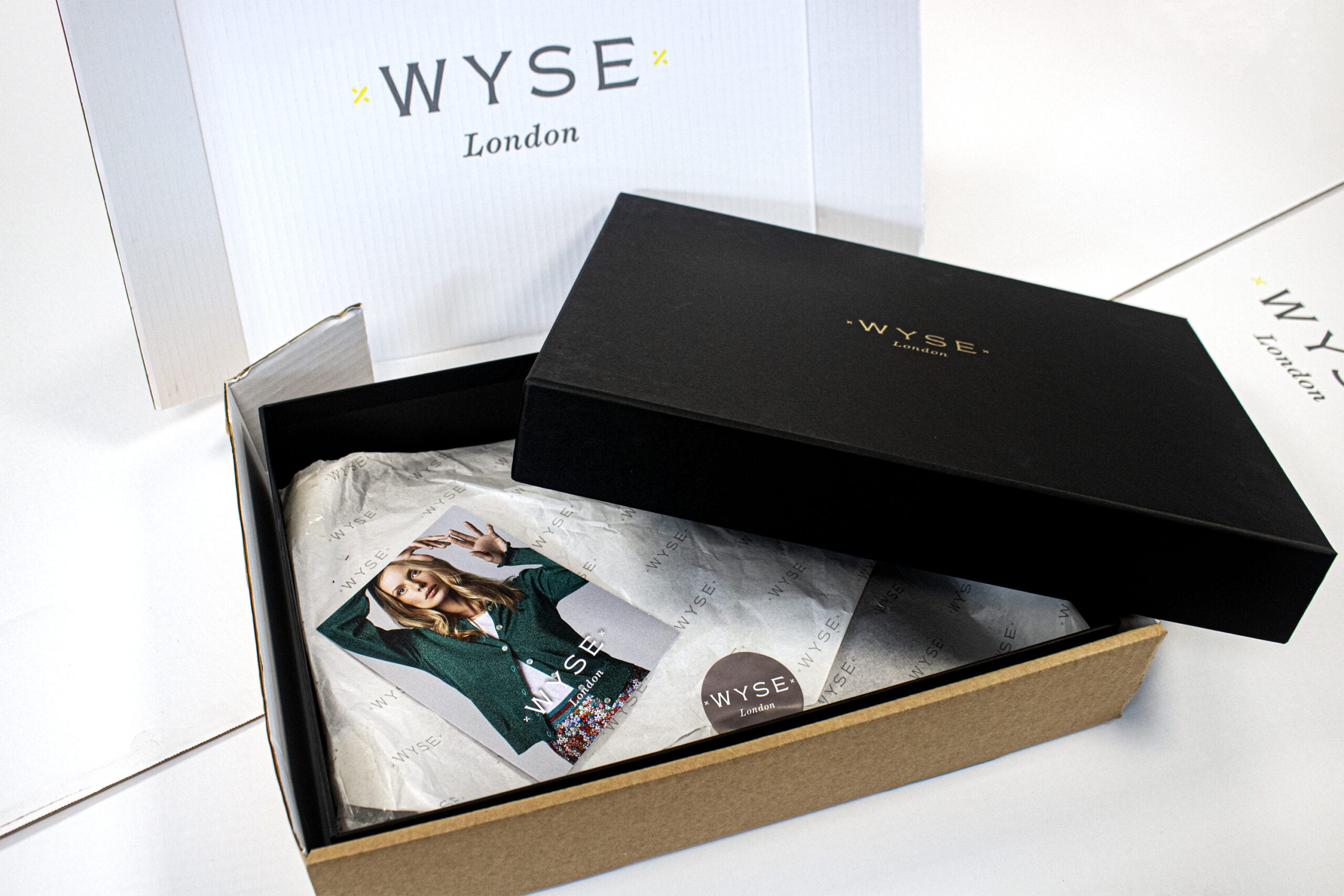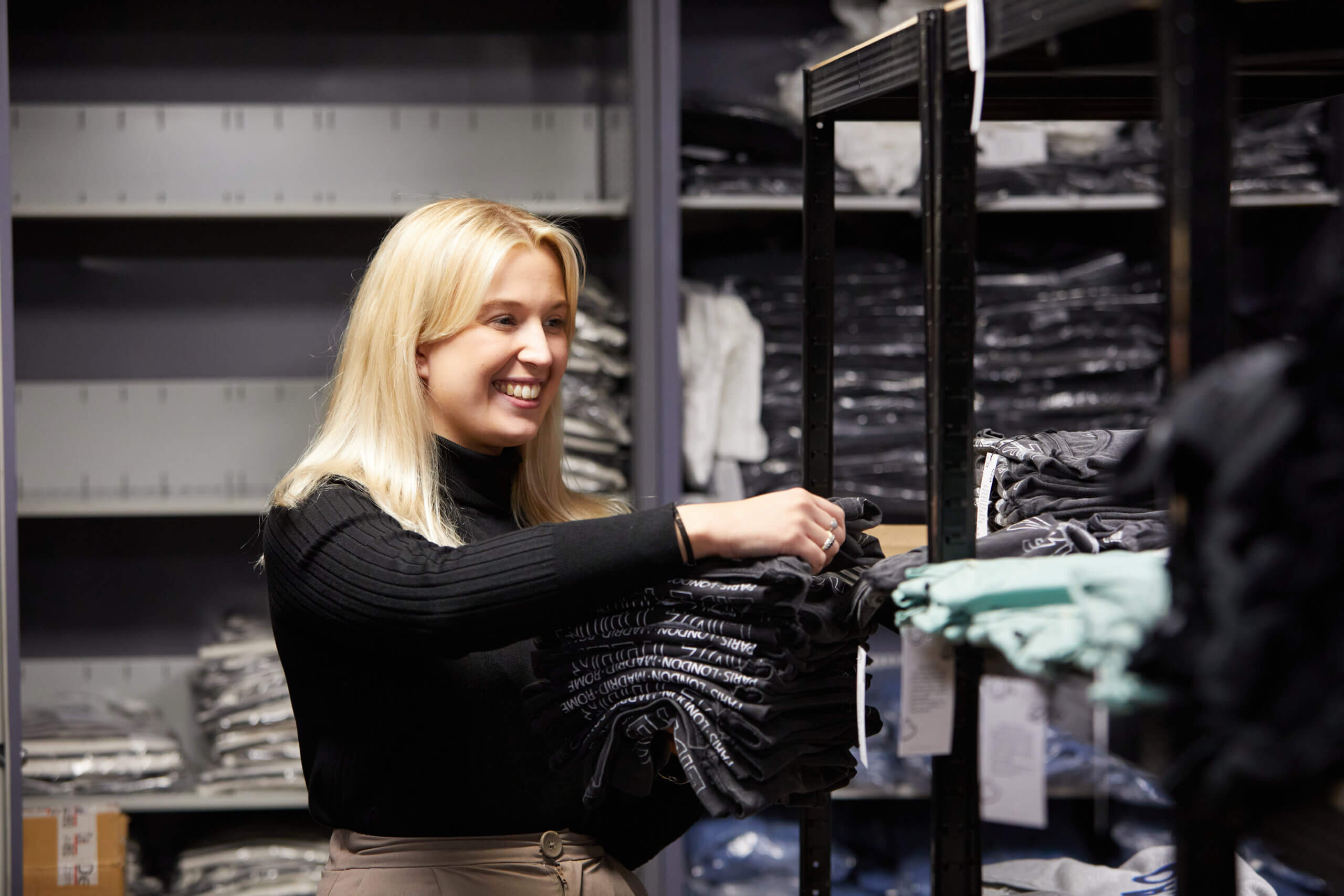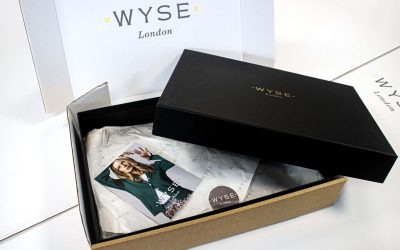Packaging for clothes isn’t a one-size-fits-all solution.
There are several factors to consider with clothing from the fragility of the fabric and embellishments to the weight of heavier materials like denim.
Understanding how to package clothes for shipping is essential for distance selling, especially to avoid complaints and wasted cost in having to exchange orders.
How do you package clothes?
The best packaging for shipping clothes depends on several factors, but above all else, the packaging needs to protect the product.
This is true for all products to some extent. However, clothes retail sector, the product is all about appearance. Clothing getting dirty or wet in transit renders them as good as ruined. For the retailer, this is especially frustrating when caused by insufficient packaging.
For this reason, packaging clothes for shipping usually uses polypropylene bags, known as poly mailers, because they’re lightweight and highly water-resistant. The problem with using these plastic bags is that they’re not always recyclable and can simply constitute another form of disposable plastic.
Eco-friendly compostable alternatives are becoming more popular to counter this. Cardboard and heavy cardstock, while not water-resistant like plastic, can provide protection during shipping.
What packaging should I use for clothes?
Protection is essential in the best packaging for shipping clothes, but you need to also consider the aesthetic appeal and the overall marketing impact of your packaging.
Remembering the unboxing experience is key, and so too does including layers of packaging that serve to impress rather than frustrate.
For clothing, shipping items neatly folded into a postal box with tissue paper is an ideal approach. This lends an inexpensive but premium quality to your packaging, whilst being economic with space and material.
What are sustainable packaging options for clothes?
Various paper and card packaging options are recyclable and can be sustainably sourced. Having branded elements like printed tissue, care instructions, or a business and contact card help to cement your business name and its association with quality.
Smaller items can be packaged in recyclable envelopes, and more fragile items can be protected with loose fill shredded cardboard rather than solutions like bubble wrap or plastic packing peanuts.
What materials are perfect for packaging shirts?
The best materials for packaging shirts are often thought to be polypropylene, but there are other factors beside convenience to consider.
Poly mailers, as mentioned earlier, is another form of plastic packaging that can end up clogging up landfill. Paper-based materials are more easily recyclable and sustainable. If they can be sourced and used cost-effectively, compostable bags are one of the best materials to be used for shipping clothing.
Paper and card have the added advantage of being less chemically complex than plastic, and therefore won’t impart the same kind of odour onto clothing when used as packaging.
Polymer packaging can give items the indistinct yet commonly known ‘plasticky’ smell, which can work against leaving customers with a positive initial impression.
How do I pack my clothes to sell?
It’s best to fold clothing items as neatly as possible when packaging them to send to customers. Using postal boxes can help guarantee that items reach your customers showing all the care and attention they were given, as there won’t be room for them to unfurl in transit.
Loose items such as jewellery and accessories can be packaged using solutions such as drawstring bags and small envelopes, which can also be made from sustainable and eco-friendly packaging materials.
How do you pack expensive clothes?
When packing expensive clothes for shipment, many of the same points of best practice apply: packaging the items with care, and folding them where appropriate to save space and avoid unsightly folds and creases.
However, with expensive clothes, there is arguably the requirement to give each item its own space. Bundling multiple expensive items together into a single bag or box with nothing separating them can look sloppy and disrespectful to the cost and prestige of the clothing.
For this reason, expensive items should be given their own individual packaging that constitutes separated unboxing experiences. This can still be achieved without being wasteful with packaging by ensuring packaging solutions are chosen with good economic sense and by using light elements to separate them such as tissue paper.
Are plastic boxes good for clothes?
Generally, plastic boxes are appropriate for sending clothes. The amount of plastic material used to make a box makes it an uneconomical choice for sending clothes, and the kind of hard plastic used to create a structure like a box will often not be recyclable.
With many clothing retailers aiming for sustainable practices, from their use of packaging to the option for customers to recycle old garments, plastic boxes aren’t likely to be found in their packaging practices.
With so many sustainable alternatives available without sacrificing quality, branding options, and protection during shipping, there are no truly good reasons to opt for something as wasteful as plastic for packaging boxes.
How to make the best packaging for a clothing business
The best packaging for shipping clothes is that which will leave a lasting impression and stay with a customer long after they’ve put it into their curbside recycling.
This could be down to premium feel and finish, innovative branding, or something else that communicates your care and attention as a retailer.
At Birch Print, we’ve helped a wide and diverse range of businesses with branded packaging that delights, inspires, and attracts sales while also being sustainable and eco-friendly.
To find out more about our work and how we can give your product packaging a facelift, contact our team today.





